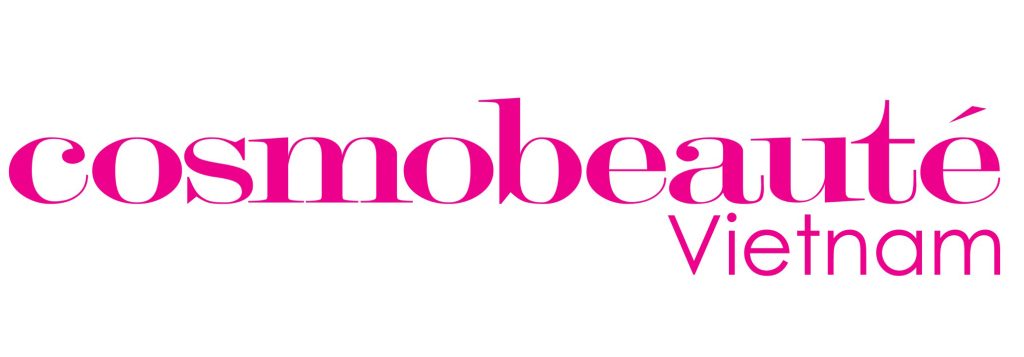The glow of the beauty industry has proved hard to resist, attracting many new companies and investors. Brands must make differentiating choices to find success in this shifting and increasingly competitive landscape.
2022, the beauty market—defined as skincare, fragrance, makeup, and haircare—generated approximately $430 billion in revenue. Today, beauty is on an upward trajectory across all categories. It has proven to be resilient amid global economic crises and in a turbulent macroeconomic environment. Beauty is now an industry that many people, from top-tier financiers to A-list celebrities, want to be a part of—and with good reason. Following a solid recovery since the height of the COVID-19 pandemic, the beauty market is expected to reach approximately $580 billion by 2027, growing by a projected 6 percent a year (Exhibit 1). This is in line with or slightly higher than other consumer segments such as apparel, footwear, eyewear, pet care, and food and beverages.
A dynamic segment that is ripe for disruption, the beauty industry will have reshaped itself around an expanding array of products, channels, and markets before this decade is over. Consumers, particularly younger generations, will spur this shift, as their own definitions of beauty morph while their perceptions of everything—from the meaning of sustainability and the role of influencers and key opinion leaders to the importance of self-care—evolve. Overall, beauty is expected to be characterized by “premiumization,” with the premium beauty tier projected to grow at an annual rate of 8 percent (compared with 5 percent in mass beauty) between 2022 and 2027, as consumers trade up and increase their spending, especially in fragrance and makeup.
At the same time, we expect the landscape to become even more competitive, as a range of independent brands that successfully came to market over the past decade seek to scale and as new challengers emerge. Intensifying competition will prompt incumbent brands and retailers to change as well. In line with the trend-driven dynamics in the market, 42 percent of respondents to McKinsey’s 2023 survey of consumers across China, France, Germany, Italy, the United Kingdom, and the United States say they enjoy trying new brands. Meanwhile, consumers are increasingly shopping across price points and report that both online and offline stores influence their shopping behavior. Their preference for omnichannel shopping is expected to continue to fuel legacy brands’ shift online and independent labels’ move into a brick-and-mortar presence.
E-commerce in beauty nearly quadrupled between 2015 and 2022, and its share now exceeds 20 percent, with significant runway ahead. This compares with a 2022 e-commerce share of approximately 30 percent in apparel and footwear, and around 65 percent in toys and games.
A number of factors have fueled e-commerce growth in beauty: the expansion of beauty offerings from online giants like Amazon in the United States and Tmall in China; the increased digital sophistication from direct-to-consumer players; the steadily growing significance of online for omnichannel retailers; and the proliferation of social selling, including livestreaming, in Asia. E-commerce is expected to continue to be the fastest-growing sales channel, at 12 percent per year between 2022 and 2027, but growth in traditional channels—including specialty retail, grocery retail, and drugstores—is expected to pick up postpandemic, as consumers’ preference for omnichannel is partly driven by their continued desire for in-store discovery and trial of products (Exhibit 2). Department stores are expected to continue to lose market share globally.
Structural and competitive dynamics are shifting
Where to play will become just as important a question as how to win, given the changing underlying growth tailwinds. The changing dynamics will render the industry’s largely homogenous global playbooks of the past decades less effective and require brands to reassess their global strategies and introduce greater nuance and tailoring.
Geographic diversification will become more essential than ever. It was just recently, for example, that brands could focus their footprints on the industry’s two top countries: China and the United States. Both countries will remain mighty forces for the industry, with the beauty market expected to reach $96 billion in China and $114 billion in North America by 2027
Five disruptive themes
The next few years will be a dynamic time for the beauty industry, filled with opportunities and new challenges. Its high profitability, with EBITDA margins of up to 30 percent, will continue to attract new founders and investors to the space. With limited spots available on the beauty palette, successful brands will adapt to the changing rules of the game and secure a uniquely differentiated value proposition amid a saturated market and increasingly sophisticated consumers. Key dynamics will include the following:
- The redrawing of the growth map. Slowing growth in China, along with increased local competition, means the country will no longer be a universal growth engine for the industry. As a result, the US market will become even more important, with strong growth, especially over the next few years. This market will become a competitive battleground for established brands and a potential green pasture for new entrants. The Middle East is expected to fuel growth over the same period, with India expected to emerge as a new hot spot in the longer term.
- The rise of wellness. As consumers are increasingly engaging with beauty products and services to not only look good but also feel good, the lines between beauty and wellness are expected to continue blurring, with the combined opportunity representing close to $2 trillion globally for brands, retailers, and investors. Wellness-inspired products—such as skincare and makeup with probiotic and Ayurvedic ingredients, ingestible supplements, and beauty devices like LED face masks—have already captured the attention of consumers embracing greater self-care and mindfulness in their postpandemic daily routines. The melding of wellness and beauty will only become more pronounced in the years ahead, in line with an expected CAGR of 10 percent to 2027 for the wellness industry. This trend will represent an untapped opportunity for many, with first-mover advantage for the players that get it right.
- The influence of Gen Z. Gen Zers scrutinize brands as part of their search for value. Nearly half of Gen Z respondents in our survey report conducting extensive research on product ingredients and their benefits before purchase, similar to millennials (and compared with only one-third of Gen Xers and one-fifth of baby boomers). Beyond product efficacy and transparency, Gen Zers demand that brands credibly stand for something. In addition to their focus on sustainability, diversity, and inclusion, Gen Zers greatly value brands that have an authentic and approachable image and a story that goes beyond products, and that welcome consumers into a wider community. Engaging with beauty products and services to feel good and express their authentic selves rather than adhering to specific cultural ideals, this cohort is challenging norms not only around the definition of physical beauty but also around gender and product categories.
- The imperative to scale. While the past decade has seen a number of new and independent labels benefit from steadily lower barriers to entry, growth beyond a successful initial run to achieve meaningful scale remains elusive for many. Out of 46 brands founded in or after 2005 with global retail sales of $50 million to $200 million by 2017, only five exceeded $250 million in global retail sales five years later, in 2022. Only two achieved global retail sales of more than $750 million. To scale successfully, brands must focus on omnichannel expansion and internationalization. Category expansion appears to be most effective when a brand has grown to a certain size, and when the expansion enhances and protects the brand’s unique value proposition.
- The recalibration of M&A. Amid continuously increasing interest in the beauty industry from a variety of players—from “strategics” to private equity funds—M&A will continue to play a major role in the industry. As seen in recent years, conglomerates and financial investors alike will pursue deals to invest in promising brands. But dealmaking will not be the same as when cost of capital was low. In the near term, megadeals will likely be few and far between in response to market turbulence. In addition, criteria for M&A targets will shift from a focus on high-growth independent “brands of the moment” to brands with an innovative product pipeline and a demonstrated ability to grow profitably, sustainably, and over the long term.
Source: https://www.mckinsey.com/






